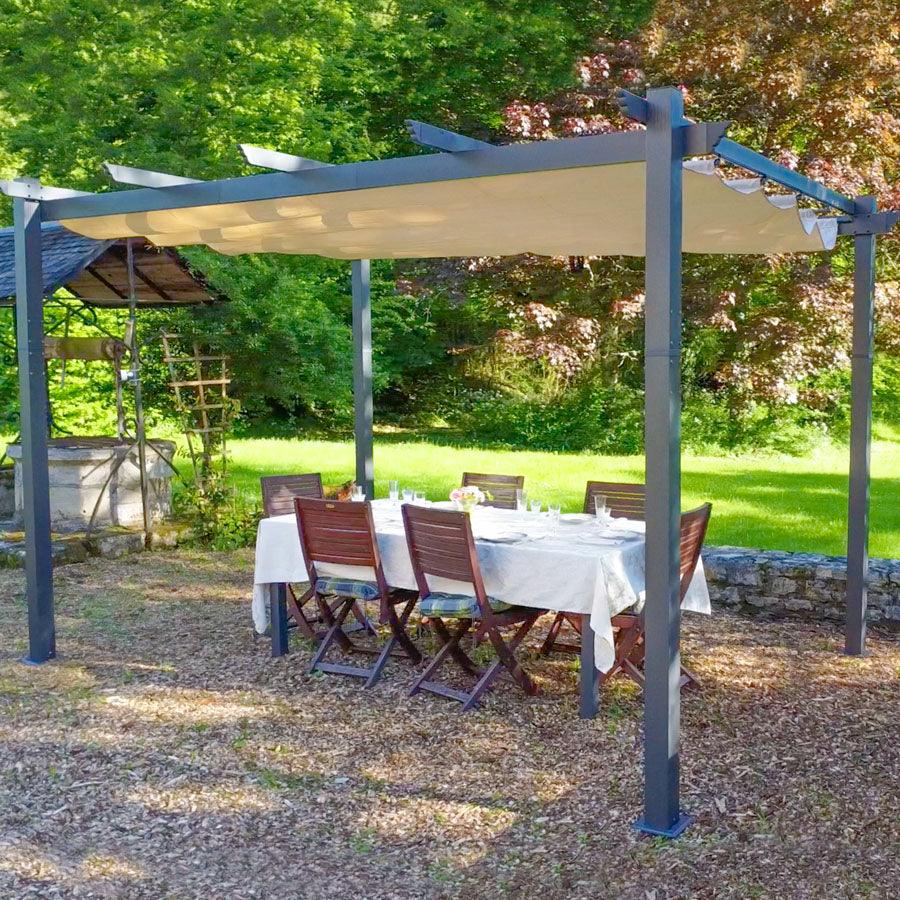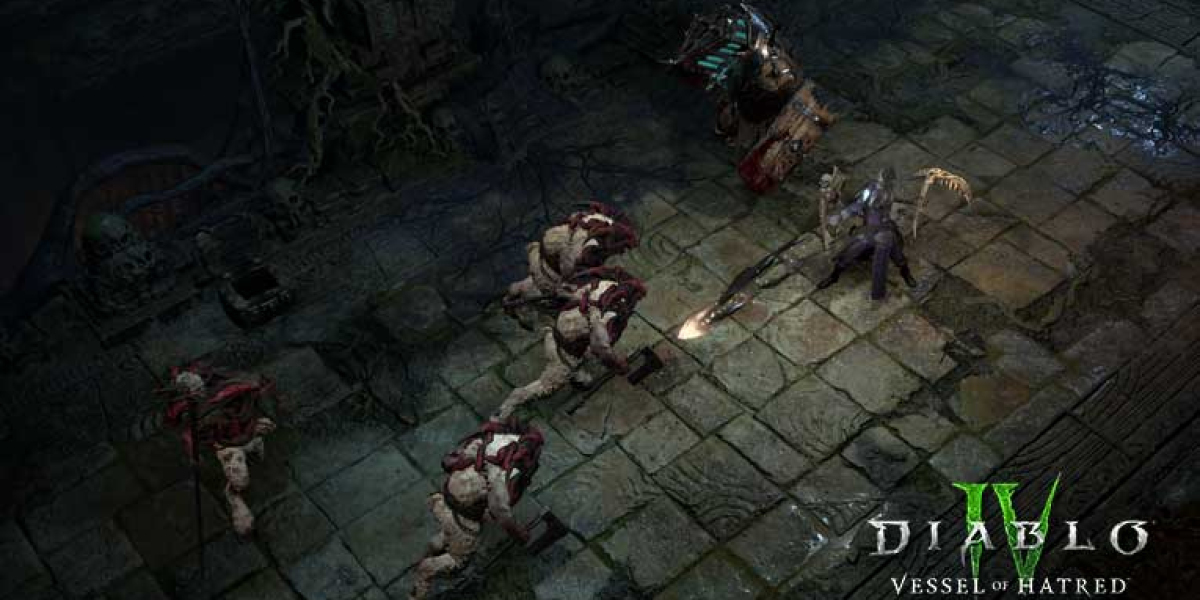Unlocking the Secrets: What Really Determines the Cost of Retractable Pergolas?
Retractable pergolas have become a favored addition to outdoor spaces, providing both functionality and aesthetic appeal. As homeowners seek to enhance their patios, gardens, or decks, the versatility of a retractable pergola allows them to enjoy the outdoors in various weather conditions. However, understanding the costs associated with these structures is crucial for anyone considering an addition to their home. A retractable pergola cost calculator can be a valuable tool in this regard, offering insights that help consumers make informed decisions. In this article, we will explore the myriad factors that influence the cost of retractable pergolas and how you can effectively use a cost calculator to estimate your investment.

Factors Influencing the Cost of Retractable Pergolas
The cost of retractable pergolas can vary significantly based on several key factors. Understanding these elements will not only help you budget effectively but will also assist in making choices that align with your needs and preferences. Key factors include the materials used, size and design, installation costs, and any additional features that may be included. By breaking down each of these components, we can gain a clearer picture of what influences the overall pricing of retractable pergolas.
Materials Used
The materials chosen for a retractable pergola play a pivotal role in determining its cost. Common materials include aluminum, wood, and various fabrics. Aluminum is often favored for its durability and low maintenance requirements. While it may come at a higher price point initially, its longevity can lead to savings over time. On the other hand, wooden pergolas can create a classic aesthetic but may require more upkeep, which can add to long-term costs. Fabrics used for the retractable canopies also vary in quality and price, impacting the overall budget. Selecting the right material is essential as it not only affects the upfront cost but also long-term maintenance and durability.
Size and Design
The dimensions of your pergola significantly influence its cost. Larger pergolas naturally require more materials, which can drive up the price. Additionally, the complexity of the design will also affect costs. Custom designs, which may involve intricate features or unique shapes, typically come at a premium compared to standard, pre-designed options. It's important to consider how the size and design of your pergola will complement your outdoor space while also fitting within your budget constraints.
Installation Costs
Installation costs are another critical aspect to consider. Hiring a professional can ensure that the pergola is installed correctly, which may save you from potential issues down the line. However, professional installation usually comes with a higher price tag. Alternatively, many homeowners opt for DIY installation, which can be a cost-effective solution if you have the necessary skills and tools. Factors such as location, accessibility of the installation site, and any required permits can also influence installation costs, making it vital to factor these into your overall budget.
Additional Features
Retractable pergolas can be customized with various additional features that enhance their functionality and comfort. Options like built-in heating, lighting, and automation systems can significantly increase the overall cost. For instance, adding integrated lighting can transform the space for evening use but will require additional wiring and installation expertise. Similarly, automated systems that allow for remote operation of the retractable canopy can add convenience but also come with a higher price tag. When considering these features, weigh the benefits against the additional costs to determine what fits best with your lifestyle and budget.
Using a Cost Calculator
Utilizing a retractable pergola cost calculator can simplify the budgeting process, providing a clearer picture of your potential expenditure. These calculators typically require you to input various factors that influence the price, making it easier to generate a tailored estimate. Understanding how to use these tools effectively can help you plan your project more efficiently and avoid potential financial pitfalls.
Input Variables
When using a cost calculator, you will typically need to provide several input variables. Common factors include the size of the pergola, material choices (aluminum, wood, etc.), design complexity, and any additional features you wish to incorporate. By accurately entering these variables, you can receive a more precise estimate that reflects your specific preferences and requirements.
Interpreting Results
After entering your data into the cost calculator, interpreting the results is the next step. The output will usually provide a range of potential costs based on the inputs you provided. It’s important to understand that these figures are estimates and may vary based on market conditions, installation costs, and other factors. Once you have a clear understanding of the estimated costs, you can take further steps, such as consulting with professionals or adjusting your design choices to align more closely with your budget.
Final Thoughts on Retractable Pergola Cost
In conclusion, understanding the various factors that influence the cost of retractable pergolas is essential for making informed purchasing decisions. From material choices and design dimensions to installation and additional features, each component plays a significant role in the final price. Utilizing a cost calculator can further aid in this process, allowing you to budget effectively and plan your project with confidence. As you embark on your journey to enhance your outdoor space, take the time to explore your options and leverage the information available to ensure a satisfying investment in your home.








